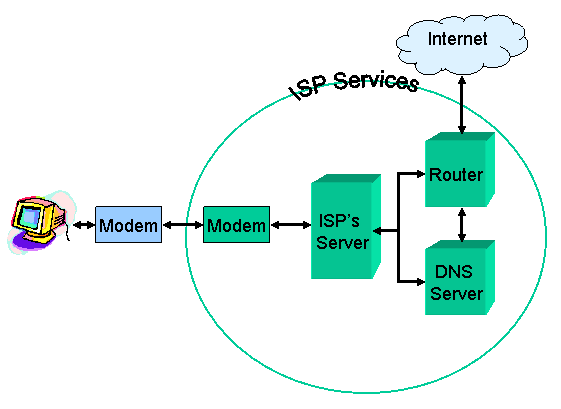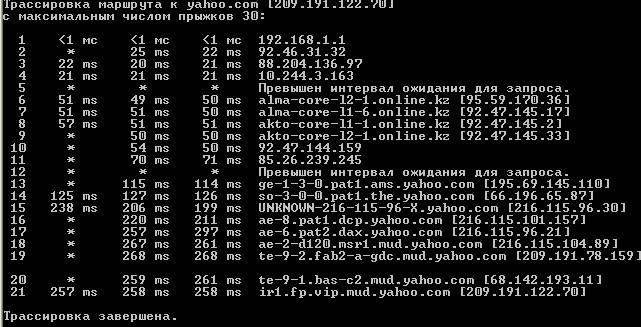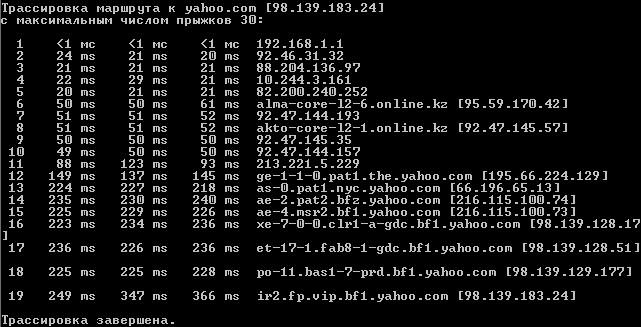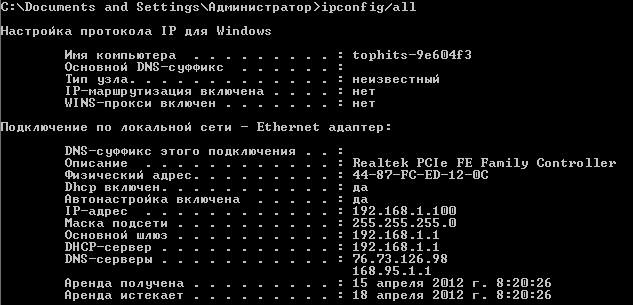
Excercise_5
.docНачало формы
|
Dauletbay Gulzat CSSE-111 |
|
|
Exercise 5 Question1. XML and HTML One necessary component to facilitate electronic commerce is the capability to exchange data over varying systems. In this section, you will strengthen your knowledge of XML as a portable language that enables data to be handled by any computer system.
Another text document markup language is XML (eXtensible Markup Language). While HTML tags are primarily concerned with how text should be displayed, XML tags can be used to describe what a piece of text means. Another major difference between HTML and XML is that there are no predefined tags in XML. Users have the freedom to define their own tags.
Due to XML's flexibility and interoperability, it is becoming the standard for exchanging data over the Internet.
Since XML just organizes data by assigning them descriptive tags, Extensible Stylesheet Language (XSL) is used to specify how an XML document would be interpreted and displayed by the browser.
DTD (document type definition) .Applications can use the DTD to read and display the content of the document. One advantage of using the DTD is that changing the document format would involve just modifying the DTD. e. What is one reason why storing data in XML may be preferred to enable multiple systems to exchange data? Download and save Movies100EX.xml and display.html on your Desktop. Open Movies100EX.xml using Notepad.exe to see the content of the XML file. Because XML is platform-independent and therefore data stored in XML format should be exchangeable among any system.
Question 2. Network Transmission In this section, you will explore different network components and trace through how a string, "http://www.cmu.edu", is transmitted from a computer at home, through a modem using services provided by an ISP, and reaches the website on the Internet. When requesting a Web page, the user types a URL in a Web browser that converts the string into binary so that the computer can understand. The binary data is then transmitted as digital signals that are sent through the modem at home to the receiving modem maintained by the ISP.
Figure 1 Network diagram
The dial-up modem converts the digital signals into analog tones, causing the noise made by the modem. The analog signals are then converted back to digital signals at the receiving modem.
DSL is digital subscriber line technologies, such as ADSL, HDSL, and VDS. DSL modem connects computer to an Internet Service Provider (ISP) to provide broadband Internet service from 128 kilobytes per second (Kbps) to 3000 Kpbs. DSL better than dial-up because: You can leave your Internet connection open and still use the phone line for voice calls. The speed is much higher than a dial-up modem.
ISP – (Internet Service Provider) company that maintains an Internet host computer
Internet Protocol Address (or IP Address) is an unique address that computing devices use to identify itself and communicate with other devices in the Internet Protocol network.
Domain Name System
These packets have requests for Web pages, with the address of your computer, the destination IP address, sequence numbers
A router is a device that is connected to more than two networks,that makes decisions about the best route for data.Router stores a list of host IP addresses to which was connected and list of IP addresses of its nearby routers. If the destination address attached to the packets is in the router’s host table, the router will deliver them to the host; otherwise, the router must send these packets to another router. This process will go on until these packets reach their destination. h. One way to ensure that the data is transmitted correctly is to use parity bits, which involves keeping track of the number of 1’s and 0’s the data should contain. Using even parity protocol, fill in the parity bits for the following data:
Question 3. Live Networks You will now use application programs to see a list of gateways through which a packet passes while traveling to its final destination: Let’s first explore the properties of DNS servers using NSLookup, a program to query Internet domain name servers. Go to an Internet website such as http://www.webreference.com/cgi-bin/nslookup.cgi and enter the domain name "www.yahoo.com". You can also locate other NSLookup sites by searching for "NSLookup gateways" in http://www.google.com.
Server: google.com Addresses: 72.14.203.138, 72.14.203.139, 72.14.203.100, 72.14.203.101, 72.14.203.101, 72.14.203.102, 72.14.203.113 ThThey are belong to same network which IP address is 72.14.203._ B But the difference between them is that the last numbers in the IP addresses are different.
To balance the heavy workload on one Web Server when thousands of people visit c. Recall the function of a DNS server. How does a DNS server handle a request to a popular destination such as "www.yahoo.com"? Now let’s explore the properties of routers. The program you will be using is called Traceroute. It is called Tracert in some systems such as Windows. The Traceroute program attempts to trace the route an IP packet would follow to a specified Internet host by sending three probe packets and then listening for a "time exceeded" reply from a gateway. If there is no response within a three second timeout interval, a "*" is printed for that probe. In the Windows command console, at the prompt C:\, type "tracert www.yahoo.com". If that does not work for you, you may be behind a firewall. Try to locate other Traceroute sites by searching for "Traceroute gateways" with http://www.google.com. Dynamically locates an IP address matching the domain name. d.How did you do Traceroute? From what site did your Traceroute start? Record the result of this command.
Com means top level means. (generic) Yahoo means the domain in which the machine www resides. www(World Wide Web) means the actual name of the machine (server) which provides the Web Service
209.191.122.70 g. How many hops did it take to reach the destination? 21
Do Traceroute to "www.yahoo.com" again. 98.139.183.24 i. Record the result of this command.
j. Did the two Traceroute results show that the packets were sent through the same path? Explain your answer. Traceroute command can also be used to determine where packets may have been lost. You can check the following: -whether the packets were sent successfully from your computer to your ISP -whether the packets were sent successfully from your ISP to the destination Not the same path, the yahoo IP address is 98.139.183.24 To balance the heavy workload on one Web Server, there are many Web Servers for people to visit. Another cause is that each node from the source to destination exchanges the data by their real situation and algorithm dynamically, so the path computed by nodes maybe different. k. Using Traceroute, you noticed that your packets were lost before they reach your ISP server. Where may the problem be (your server, your ISP server, or the destination server)? The problem maybe on our server. l. What if your packets are lost after they have reached your ISP? The problem maybe occurs on the routers between the ISP and the destination server. m. What if your packets are lost just before it reaches your destination server? The problem maybe occurs on the routers between the ISP and the destination server. n. Do a Traceroute to www.icarnegie.com. What may be a cause of the Tracert result?
o. List two problems that may be diagnosed using Traceroute? Our ISP server is down and can not shared printer The destination server is down and can not access email. Question 4. Network Failure In addition to Tracert, other network tools such as IPconfig and Ping can be used to troubleshoot network issues. You can use ipconfig command to see whether your computer is connected to the Internet. Pull up the command console. Type “ipconfig /all”.
192.168.1.100 c. What are the IP addresses of your DNS servers? 76.73.126.98 168.95.1.1 You can use Ping to test the response of the destination server.
No, I can’t get. f. List two possible explanation(s) for the result of the Ping command below:
One explanation is the source host is not connected to the network. The other explanation is: the Destination host is not exists, or power off, they must be unreachable. Other explanation perhaps, the network is very busy, unstableness or not dependable, the packets of request all lost, so the request can’t be unreachable.
|
Конец формы







